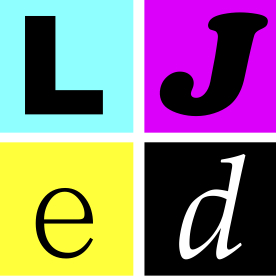Understanding where our particular cog fits in any given machine, and having a clear picture of the whole machine, is a skill we can cultivate that will increase the likelihood of repeat business … and attaining that holy grail of a steady stream of work.
I was chatting with some editors recently, and it struck me in the course of the conversation that it can be hard for newcomers to grasp where they fit into the publishing process as editors and proofreaders – if they haven’t approached the job from a publishing background.
Before I started freelancing, I had worked in-house for four different publishers over the course of a decade. I was in an editorial role each time, but the jobs I did gave me a good understanding of the entire publishing process, from the commissioning stage right though to production. I’d met lots of authors and worked closely with them over the phone and by email, commissioned my fair share of freelance editors and proofreaders and learned from them what to do (and what not to do), taken in their corrections, been hounded by production managers, and even spent some time working next door to a repro house and watching warm sheets of film come rolling out of the machines and forming slippery piles, ready for me to check. (Yes, I am just about that old.)
All of this was invaluable experience to prepare me for the move to freelancing. The brilliant thing about working as a freelance editor is that there is very often the opportunity to sit down and concentrate on one job for hours at a time – with no colleagues leaning over the partition asking you to do something more urgent every five minutes. But this beautiful isolation, which so many of us relish, is also problematic. So much of what we do as editors, whether we work in the traditional publishing industry or not, should be informed by what has happened before, and what comes next. We need to understand the part we play in the process in order to make an informed (and quick) decision about the appropriate level of intervention at any stage of the job.
I’ve written before about the usefulness of a detailed brief. I’ve also wondered aloud about how useful the labels we give ourselves are – are we proofreading, or editing, or does it not really matter? The important thing, it seems to me – for every different job we do – is context. We may be dealing in details (sometimes; not always) but it’s absolutely vital never to lose sight of the bigger picture. Why are we doing what we are doing? Where has the text or layout come from, and where is it going? Who will work on it next, and what knowledge and resources do they have? We must understand the consequences of everything we do, not only for the sake of our own bottom line (and sanity) – but also so we can give the client exactly what they need, and what they have asked for, every time. In some cases, we may need to tell the client what they need, as more of a consultant. For me, assuming we already have the necessary skills to practise as an editor, this ability is the most important way in which we can differentiate ourselves.
 Liz Jones has worked as an editor in the publishing industry since 1998, and has been freelance since 2008.
Liz Jones has worked as an editor in the publishing industry since 1998, and has been freelance since 2008.

